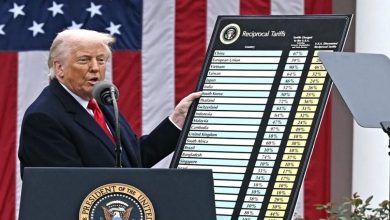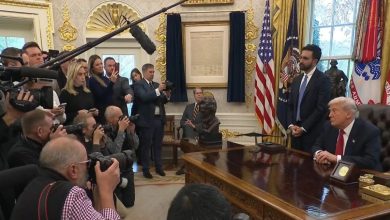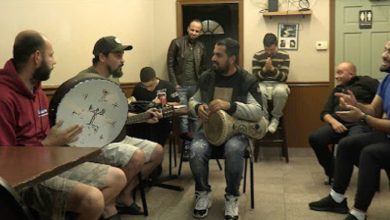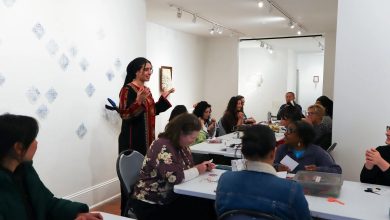The Middle Eastern Community in the USA: Heritage, Growth, and Contributions
How Middle Eastern Americans have shaped U.S. culture, business, and society while preserving their traditions.
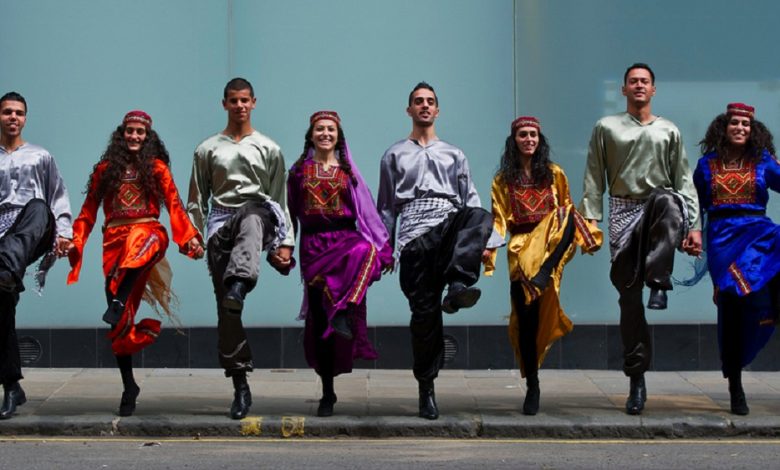
The Middle Eastern community in the United States is one of the most diverse and historically rich immigrant groups. From early arrivals in the late 19th century to more recent waves of migration, Middle Eastern Americans have established thriving communities across the country. Today, they play a vital role in shaping U.S. culture, economy, politics, and education, while also preserving their unique traditions.
Historical Background
Migration from the Middle East to the United States began in large numbers in the late 1800s, primarily from Lebanon, Syria, and Palestine, as people sought economic opportunities and refuge from political unrest under the Ottoman Empire. The early immigrants were often Christian merchants and craftsmen who settled in cities like Detroit, New York, and Boston.
In the second half of the 20th century, new waves of immigrants arrived, particularly from Egypt, Iraq, Iran, Yemen, and other Arab and Persian countries, often due to wars, revolutions, and economic instability. Many sought refuge, while others came for higher education and professional opportunities.
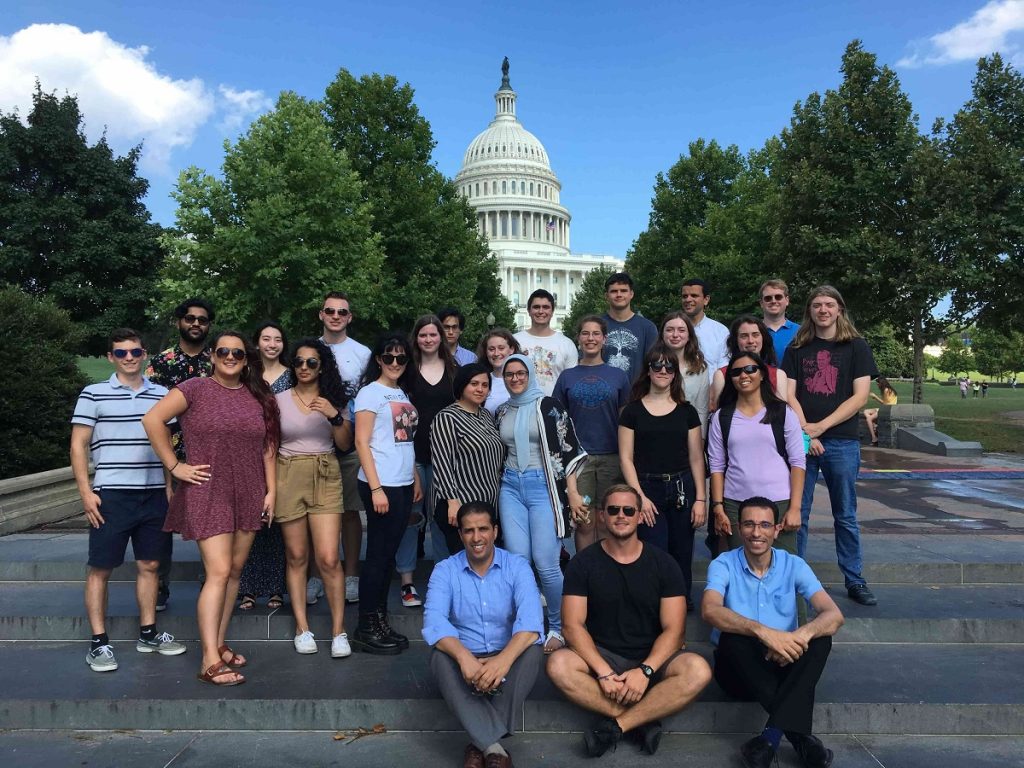
Demographics and Communities
According to U.S. Census estimates, there are over 3.5 million people of Middle Eastern and North African (MENA) descent living in the United States. The largest communities are found in:
-
Dearborn, Michigan: Often referred to as the “capital of Arab America,” home to a large Lebanese and Yemeni population.
-
Los Angeles, California: A cultural hub with thriving Armenian, Iranian, and Lebanese communities.
-
New York and New Jersey: Known for their Palestinian, Egyptian, and Syrian populations.
-
Chicago, Illinois: A center for Jordanian and Palestinian communities.
-
Houston, Texas: Growing Iraqi and Syrian communities, especially after the Iraq War.
Cultural and Religious Diversity
The Middle Eastern community in the U.S. is not monolithic. It includes Muslims, Christians, Jews, Druze, Zoroastrians, and others, reflecting the religious diversity of the region itself. This rich variety has influenced the cultural fabric of the U.S. through food, music, literature, and festivals.

Contributions to American Society
Middle Eastern Americans have made important contributions in many fields:
-
Business and Entrepreneurship: Many established family-owned stores, restaurants, and large enterprises.
-
Academia and Science: Renowned scholars, doctors, and engineers of Middle Eastern descent have shaped U.S. research and innovation.
-
Politics and Public Service: Figures like Donna Shalala (Lebanese-American) and Rashida Tlaib (Palestinian-American) reflect the growing political voice of the community.
-
Culture and Arts: From Middle Eastern cuisine becoming a staple of American cities to music and film, their cultural impact is undeniable.
Challenges and Identity
While the community has thrived, it has also faced challenges, particularly discrimination, Islamophobia, and racial profiling, especially after the events of September 11, 2001. Despite these struggles, Middle Eastern Americans continue to organize through cultural centers, mosques, churches, and advocacy groups to promote understanding and protect their rights.
Preserving Heritage
Food, language, and traditions remain central to community life. Restaurants serving shawarma, falafel, baklava, and kabsa have become mainstream in American dining, while Arabic language schools, cultural festivals, and religious celebrations ensure that younger generations stay connected to their roots.
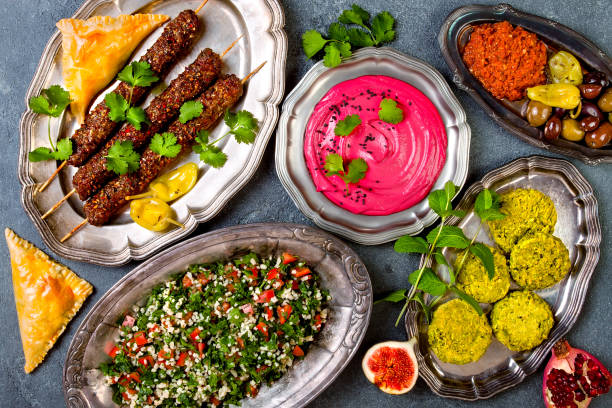
Conclusion
The Middle Eastern community in the United States stands as a testament to resilience and adaptation. They continue to enrich American society while keeping alive the values of family, hospitality, and heritage that define their culture. From business to politics, their story is an integral part of America’s diverse identity.
